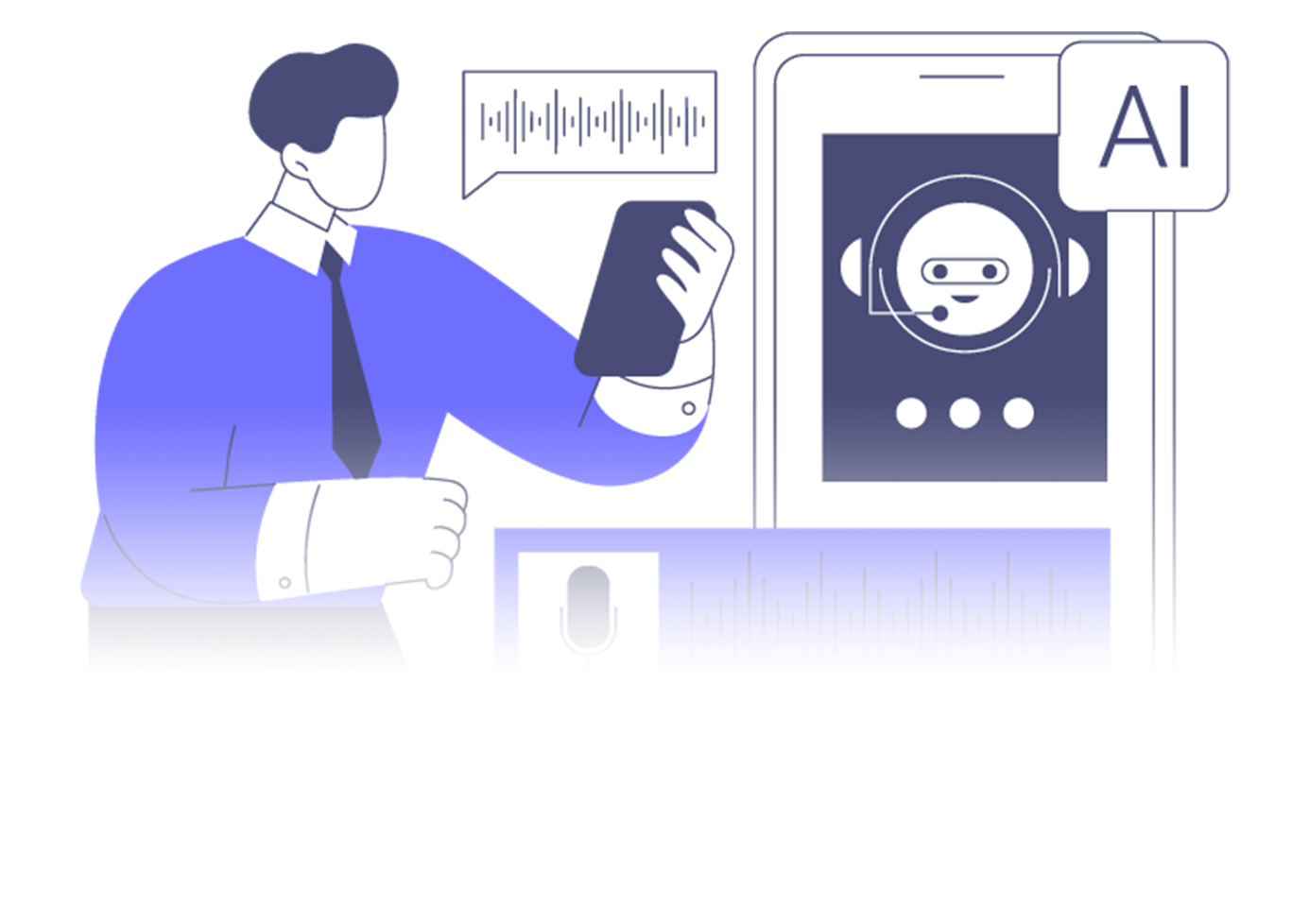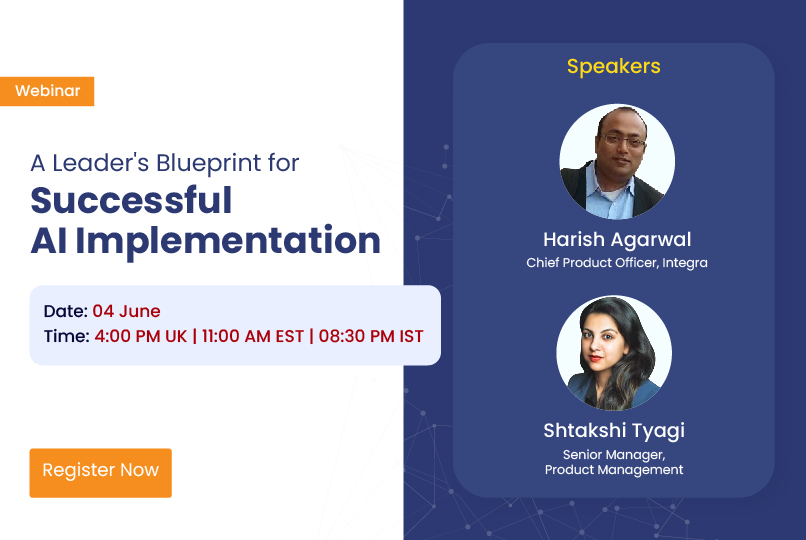Month: January 2024
6 Ways AI is Personalizing Education for Every Student
Have you ever thought about how much learning has evolved over the past few years? Personalized learning has become the new buzzword in the educational sector. This tailored approach is now being supercharged with Artificial Intelligence (AI). Imagine a classroom where every student receives a unique learning experience, suited precisely to their needs. Sounds futuristic, right? That’s the magic AI is weaving today.
Driving Force Behind Enhanced Personalized Learning
At its core, personalized learning seeks to create a student-centered environment. Remember when you had to learn at the same pace as everyone else in your class, regardless of how well you understood the topic? That’s the very mold personalized learning aims to break.
AI augments personalized learning by analyzing vast sets of student data. Through intelligent algorithms, it can adapt content delivery, ensuring each student gets the most optimal learning experience. Due to such applications, the use of AI in education is forecasted to grow at a CAGR of 10% between 2023 and 2032.
AI-Driven Adaptive Learning Platforms
Most of the platforms today harness the capabilities of AI to offer adaptive learning experiences. These platforms adjust in real-time, ensuring content and pace align with a student’s immediate needs.
From math to languages, several platforms now use AI algorithms to adjust their content in real-time, depending on a student’s performance. Remember those adaptive quizzes that get harder or easier based on your answers? That’s AI in action!
Intelligent Tutoring Systems
Sometimes, a student needs that extra bit of support. AI-powered tutoring systems step in here, offering guidance tailored to an individual’s needs. It’s like having a tutor who understands your strengths and weaknesses inside out. Beyond personalized guidance, these AI-powered systems often incorporate engaging features like gamification. Imagine having a virtual tutor available 24/7, ready to assist you whether you’re on a work trip, squeezing in learning during your lunch break, or diving into new material late at night.
What sets these systems apart is their ability to turn learning into an interactive adventure. With elements like quizzes, challenges, and rewards, they make the process not only educational but also enjoyable.
Customized Content Recommendations
Imagine Netflix but for learning. Based on a student’s progress and preferences, AI recommends content, be it videos, articles, or quizzes, ensuring every student engages with content that resonates. With personalized content, students find their learning materials more relatable and engaging. This tailored approach fosters deeper understanding and retention. AI doesn’t just identify what students know; it pinpoints what they don’t. This allows for swift interventions, ensuring no student lags behind. One example is Content Technologies Inc., an AI R&D organization extensively utilizing deep learning AI techniques for customized learning delivery.
Personalized Assessments and Feedback
AI-driven tools adopt assessments based on individual proficiency. Gone are the days of one-size-fits-all tests. AI-driven assessments adjust to a student’s level, challenging them just the right amount. Plus, immediate feedback ensures they know exactly where they stand. In fact, a study of 10,000 students demonstrated that AI-powered assessments and instant feedback led to improvement in test scores. AI also has the power to reduce the time spent by teachers on grading by a whopping 70%.
Supporting Special Education with AI
Every student is unique. For those with diverse learning needs, AI tools have emerged as a boon, offering assistive technology and adaptive learning solutions tailored for them. Remember when special education was challenging to navigate? AI is changing the narrative. In the realm of education, fostering Diversity, Equity, and Inclusion (DEI) has become paramount. Utilizing AI-driven tools to flag and address inappropriate content not only ensures a safer learning environment but also reinforces the principles of inclusivity and equity in education.
The Impact of AI-Personalized Learning on Student Outcomes
Research consistently points towards improved academic performance and heightened engagement when learning is personalized through AI. In fact, 75% of educators are adopting AI for this very reason. AI doesn’t just identify what students know; it pinpoints what they don’t. This allows for swift interventions, ensuring no student lags behind. The Future of AI-Personalized Education What’s next in the realm of AI and education? The horizon looks promising with emerging innovations seeking to further revolutionize the way we learn. Perhaps, a future where every student learns in a way that’s as unique as their fingerprint isn’t too far off.


